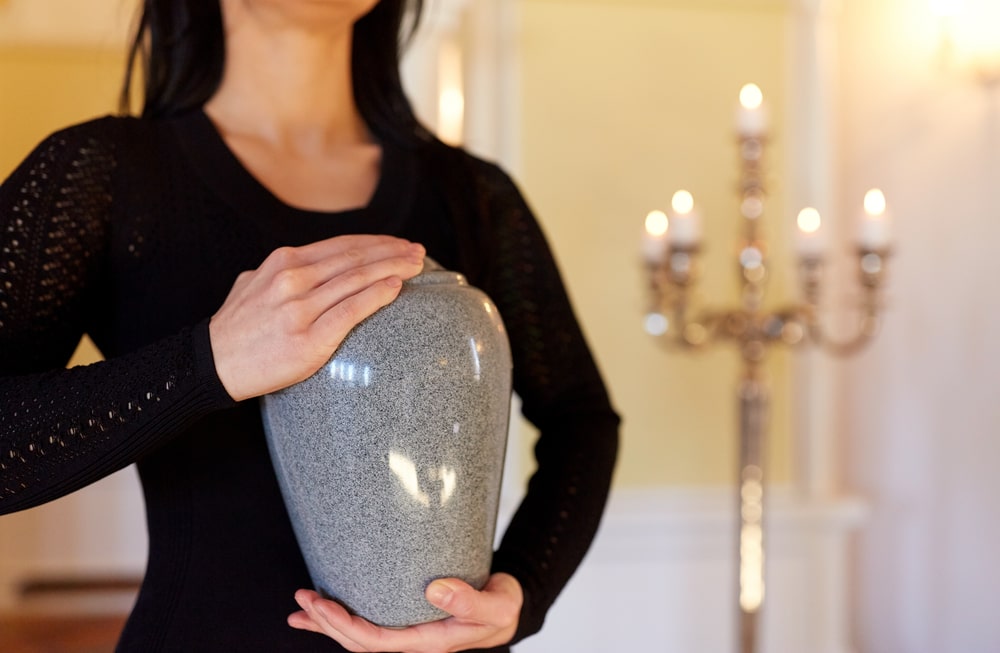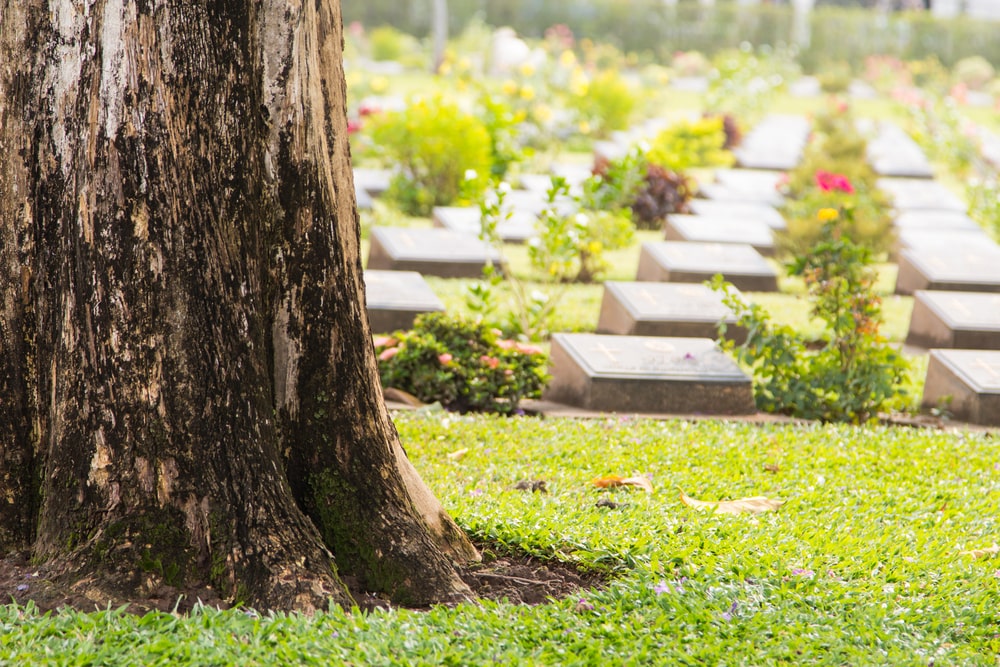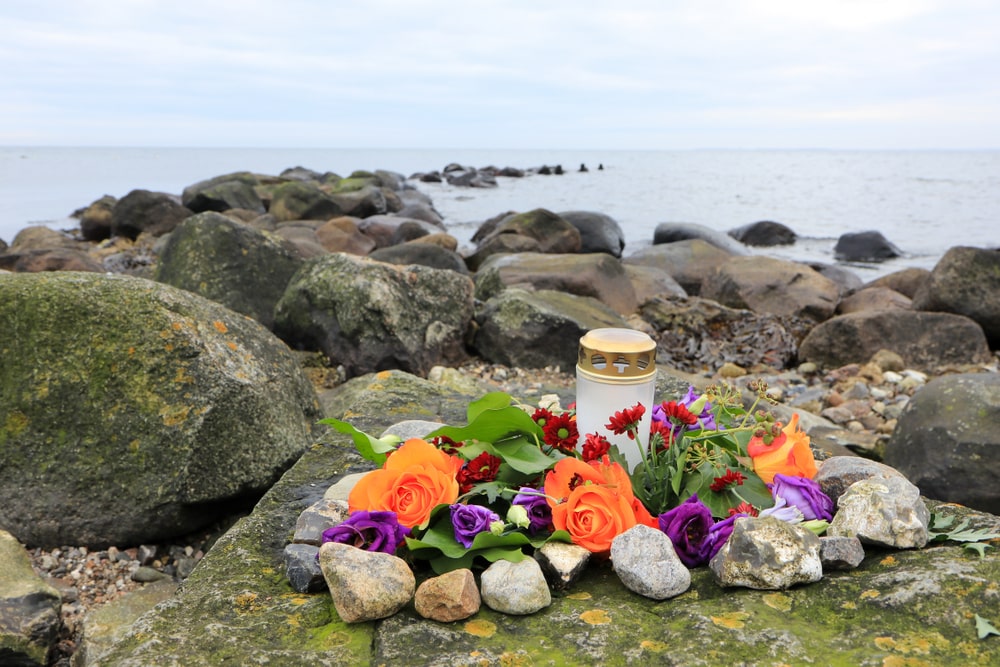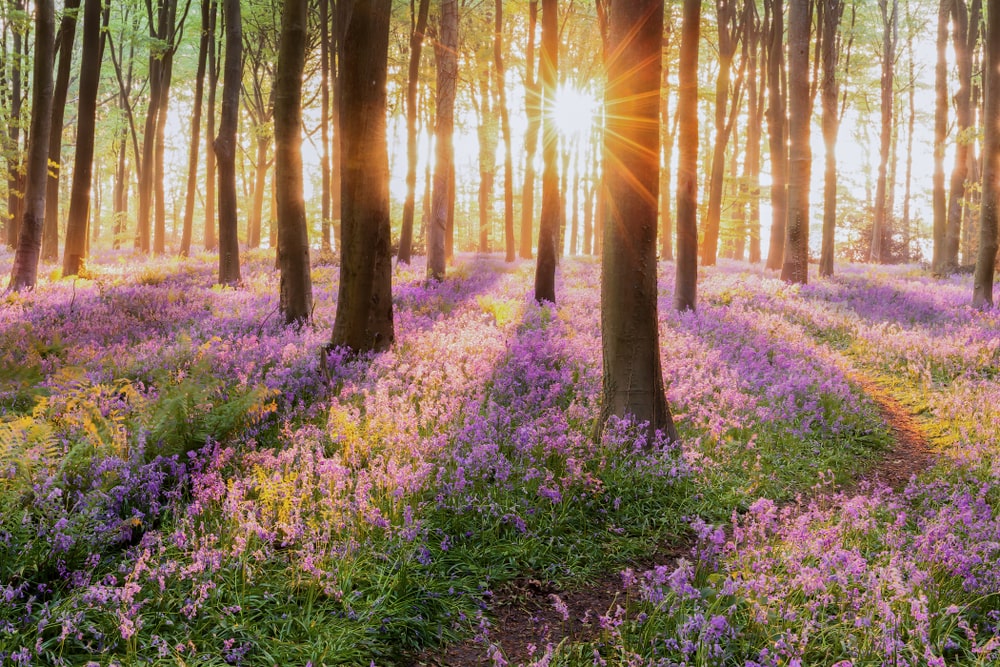
Perhaps you’ve heard the term “green burial,” but it doesn’t really mean anything to you. Today, we’re going to dive into what it is, how it differs from standard burial, what makes a burial “green,” and more. By the end, you’ll have a better understanding of green burial and whether it’s right for your personal wishes.

What is Green Burial?
Founded on the belief that death care practices shouldn’t be harmful to the environment, green burials aim to leave minimal environmental impact. The goal is to conserve resources, protect workers from potentially harmful chemicals, and reduce carbon emissions with the aim to restore and preserve natural habitats.
What Makes a Burial “Green”?
It’s always best to discuss green options with a local, trusted funeral home, but green burials focus on a few key factors:
- Burial containers made of non-toxic, biodegradable materials
- Embalming with non-toxic materials, like plant-derived essential oils
- Caskets are not covered by a grave liner or burial vault
- Marking graves with trees, plants, or stones rather than traditional grave markers
- Burial takes place in a green-certified cemetery

Is Green Burial Common?
While not the most common choice, interest in the practice is rising. According to a 2017 National Funeral Directors Association survey, more than 53% of respondents expressed an interest in exploring green options.
In response, many funeral homes are looking into what certifications are needed and what changes should be made to accommodate this interest. At present, there are a limited number of cemeteries approved by the Green Burial Council (GBC), but that number is increasing every year.
How Does a Cemetery Become “Green”?
To become green-certified, a cemetery must meet the Green Burial Council’s Cemetery Certification Standards. The GBC recognizes three different types of green burial grounds.
- Hybrid Cemetery – Most common; at hybrid cemeteries, a section of a traditional cemetery is set aside specifically for green burials.
- Natural Burial Grounds – This is a standalone cemetery where specifically natural burials take place; only burial containers of biodegradable materials, no chemicals, etc.
- Conservation Burial Ground – This type of green cemetery must meet all the requirements of a Natural Burial Ground but also be run by a government agency or non-profit.
To learn more about GBC’s certification requirements, click here to visit their website.

Is There a Difference Between Green, Natural, and Home Burial?
Generally, people use the terms interchangeably. However, there is a small difference. With a green burial, the burial portion must take place in a green-certified cemetery. However, a natural burial can take place in any cemetery where burial without a grave liner is allowed.
In case that was confusing, let’s recap. Both green and natural burials focus on minimal environmental impact, biodegradable caskets, and the use of non-toxic chemicals. However, the type of cemetery determines whether a burial is “green” or “natural.” A burial is only considered “green” if the body is buried in a green-certified cemetery. Otherwise, it is considered a natural burial.
As for home burials, they could fall into either category, depending on where the burial takes place.
Is Green Burial Allowed in All 50 States?
Yes, the practice is legal in all 50 states. However, there may be some state-specific requirements, especially if you want to transport a body across state lines. To get more detailed information, stop by a funeral home you trust, and they will get the answers you need.

Is Cremation Considered Green?
While cremation does reduce land use, it’s not considered “green” by either the National Funeral Directors Association or the Green Burial Council. Cremation by fire emits potentially harmful substances into the atmosphere and burns fossil fuels. Because of this, the practice is not considered as environmentally friendly as green burial.
However, water cremation (or alkaline hydrolysis) is thought to be more environmentally friendly. It has a smaller carbon footprint, uses less fuel, and doesn’t release as many emissions. If you are interested in water cremation, talk with a funeral director. This form of cremation is not widely accessible yet, so it may not be readily available in your area.
Can I Still Have a Service?
No matter what type of burial or final disposition you choose, it’s always recommended that you plan some sort of service. As human beings, we need to know that our lives matter. The funeral service is where we do that by coming together to remember and honor a loved one’s life and legacy.
Plus, the service is an opportunity to process the pain we feel and give and receive support from friends and family members. We aren’t meant to do life alone; we need each other in both the good times and the difficult times.
While green burial may be on an expedited timeline, that doesn’t mean you have to give up having a service. Instead, speak to your funeral director and review the options.

How Do I Ensure My Burial Is Environmentally Friendly?
If having an environmentally friendly funeral is important to you, there are many things you can do to ensure your end-of-life choices are as green as possible.
First, speak with a trusted funeral professional about the options available in your area or if a service would need to be entrusted to a third party (such as water cremation). Second, decide whether you want a fully green service or if you want only certain elements to be green. These days, funerals are very personalized, so you can mix green elements with traditional elements.
But as you consider the options, remember that the Green Burial Council looks at the following items when determining whether a funeral is green or not:
No Toxic Chemicals
Body preservation, such as for a viewing or visitation, should not include any harmful or toxic embalming chemicals. Instead, refrigeration, dry ice, or eco-friendly embalming fluid should be considered.
Biodegradable Burial Materials
Use a coffin, casket, or shroud made of biodegradable substances like bamboo, wicker, silk, or hemp. Sustainably harvested wood is also a good option.

Avoid Concrete Vaults
Many cemeteries require grave liners or burial vaults to prevent the ground from sinking over time, but their manufacture and transport causes carbon emissions and uses great amounts of energy. For this reason, a green burial will not include a liner or vault.
Natural Grave Markers
Green cemeteries suggest the use of natural objects for grave markers (such as trees, shrubs, perennial flowers, or rocks). Many cemeteries provide a GPS location so that a loved one’s grave can be easily found.
Where Can I Find More Information?
For more information regarding green burial (or natural burial), speak with a local funeral professional or visit the Green Burial Council website. Remember, green burials are not available everywhere, but your local funeral home will work with you to come up with a plan that best fits your needs and wishes to protect the environment.

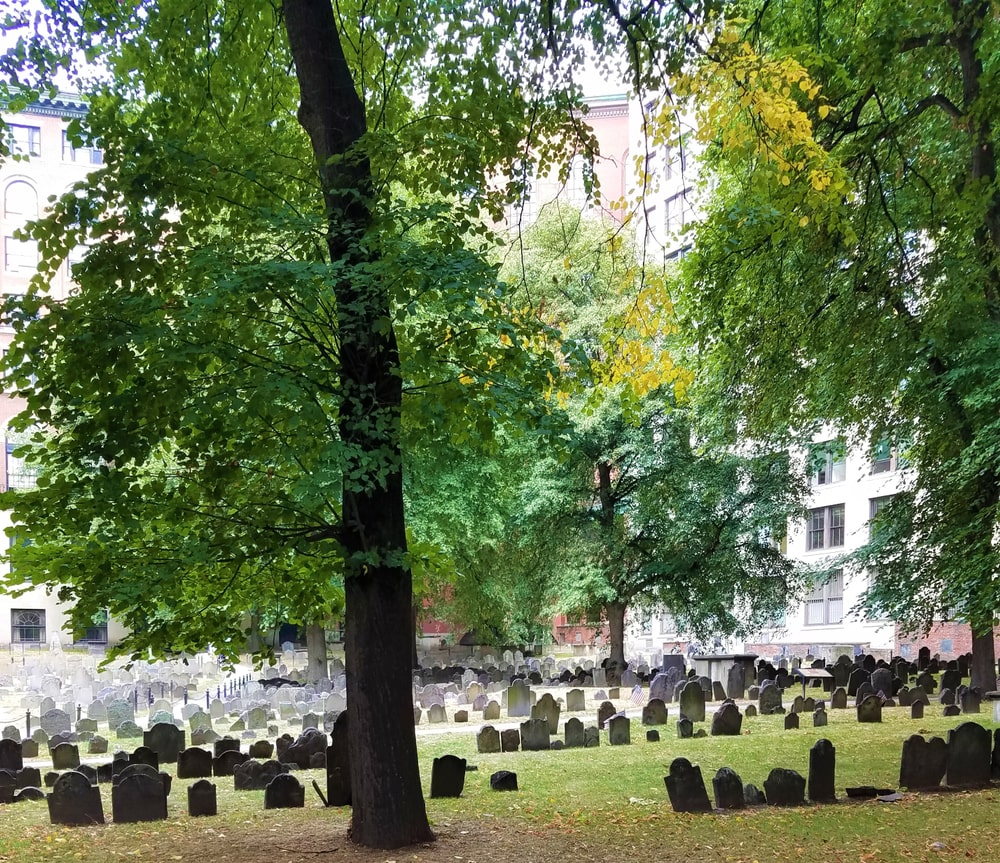
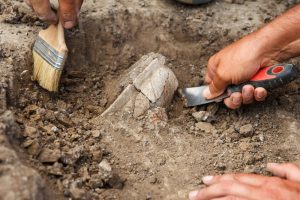
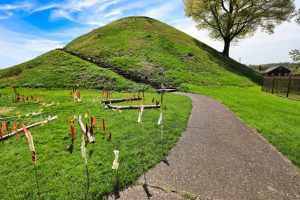
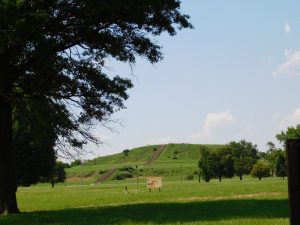
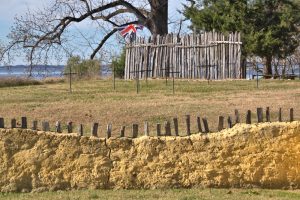
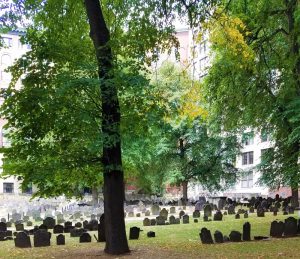

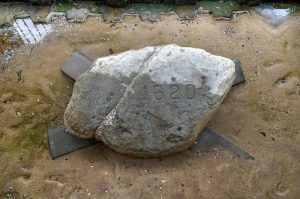

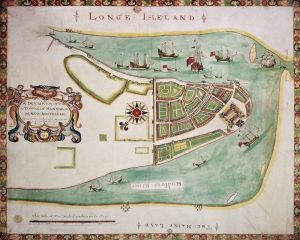
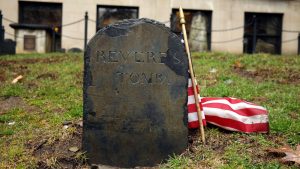
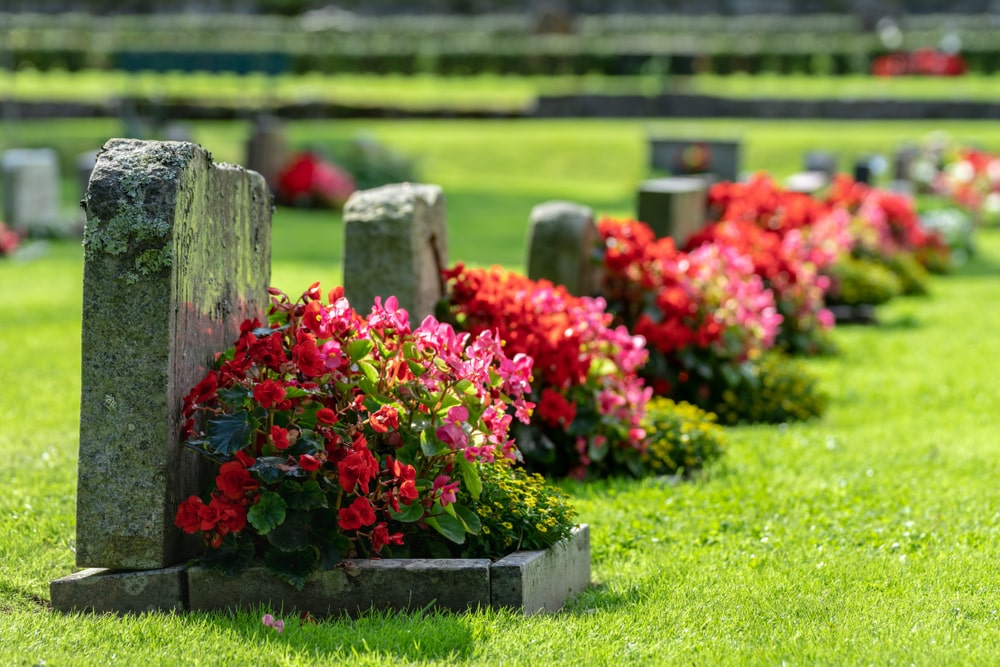

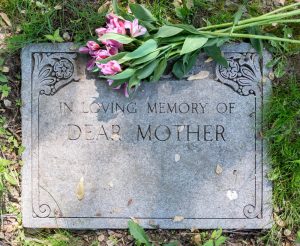




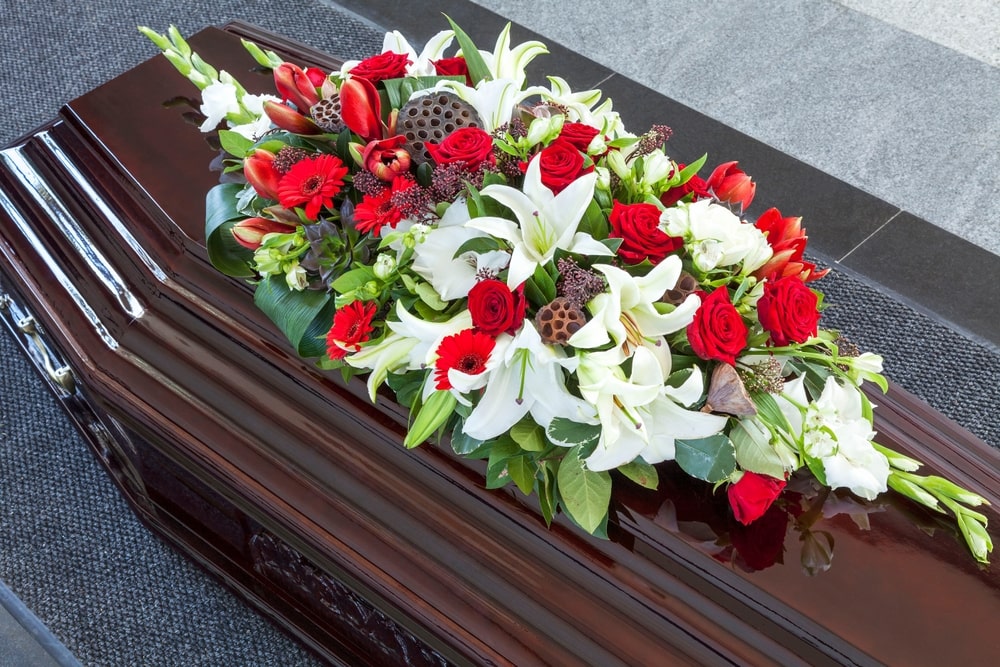

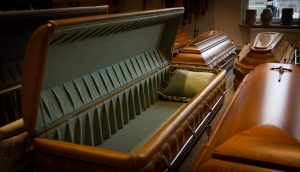


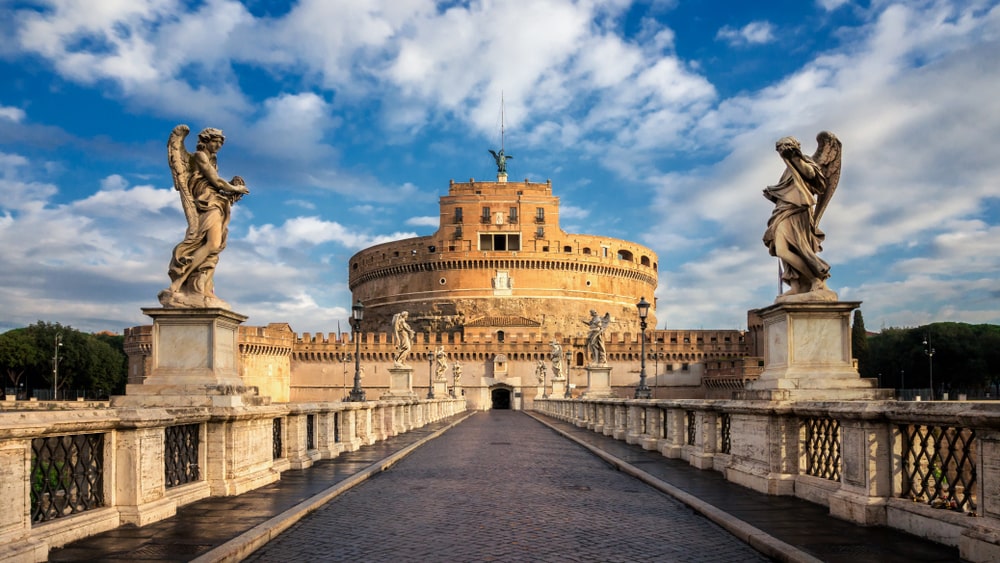
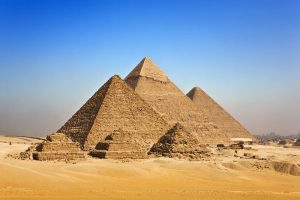
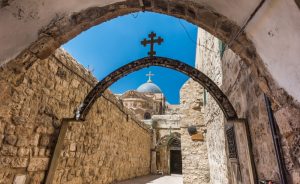
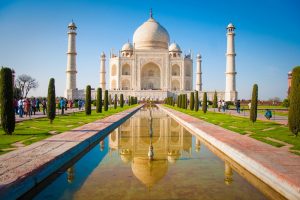
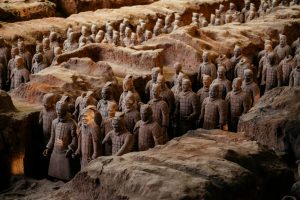
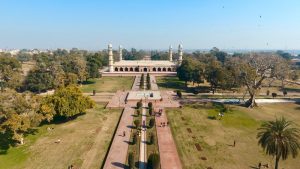
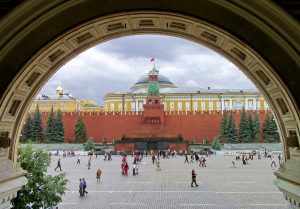
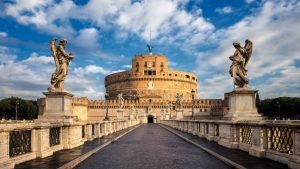

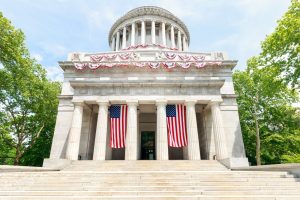
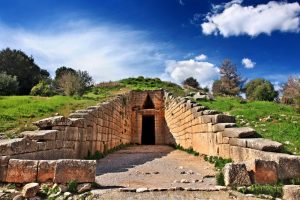
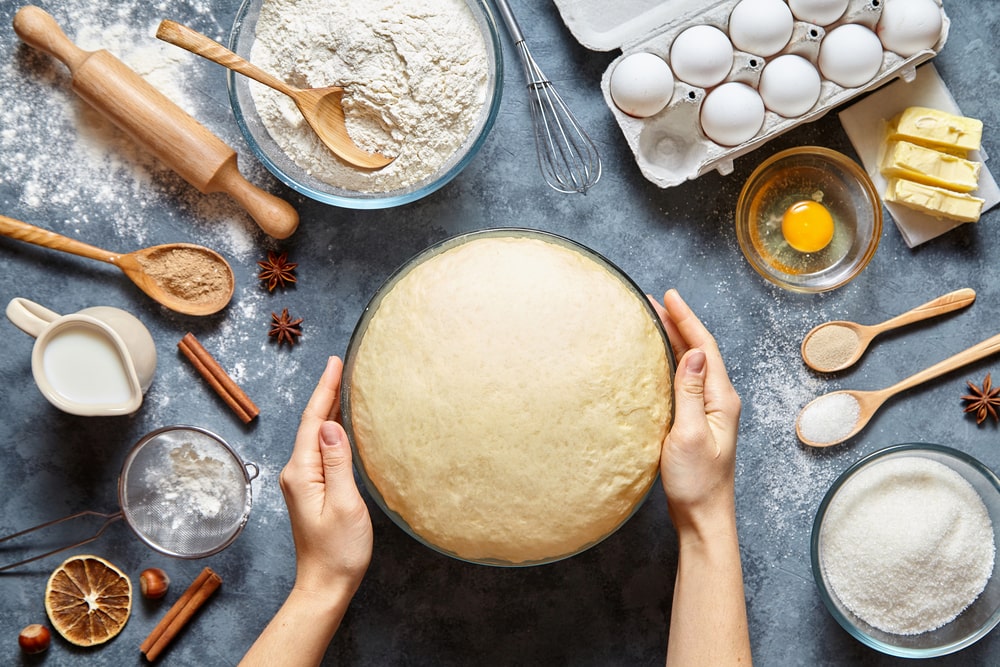




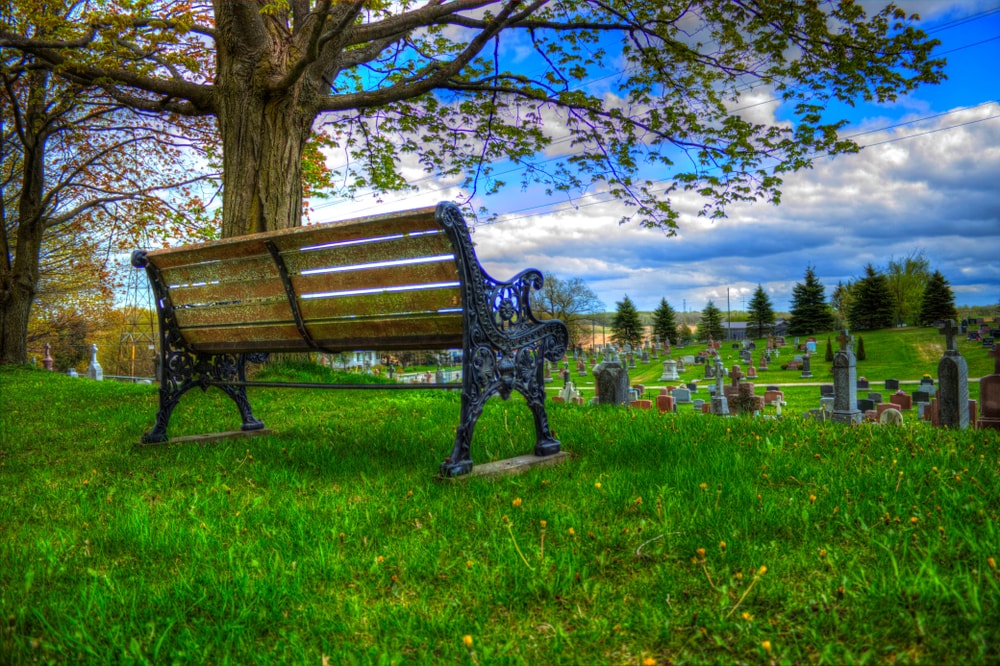

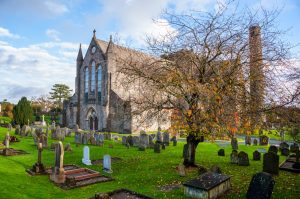



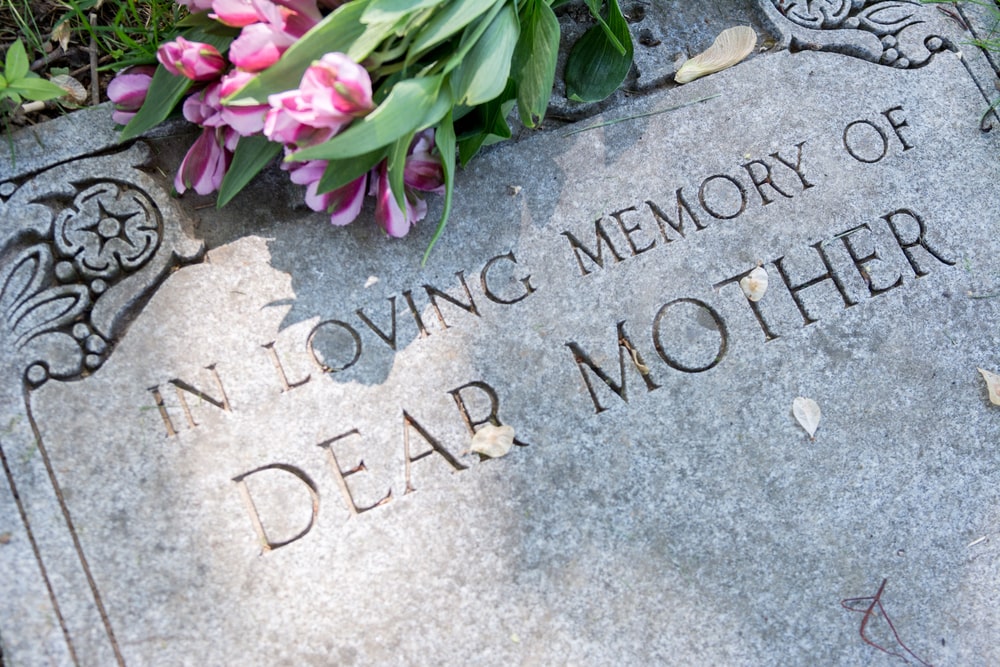


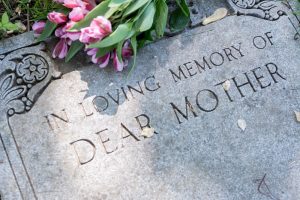



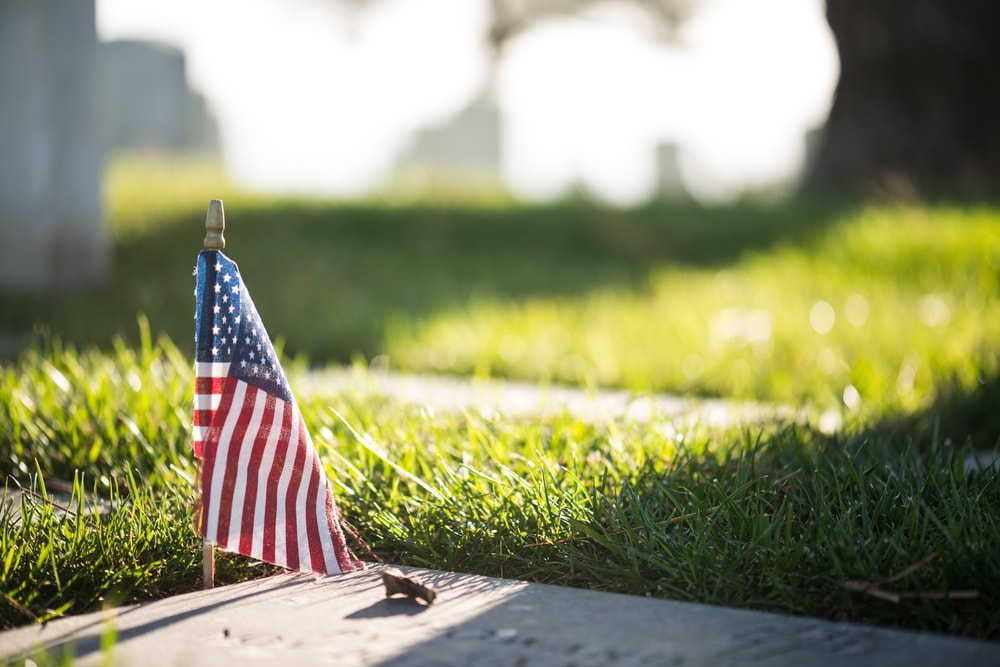
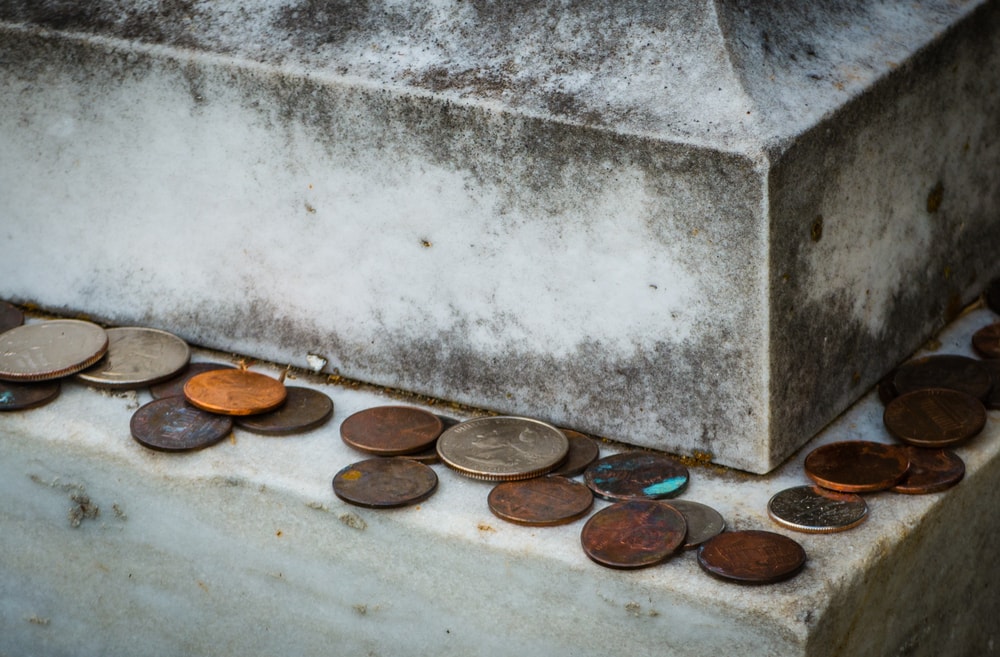
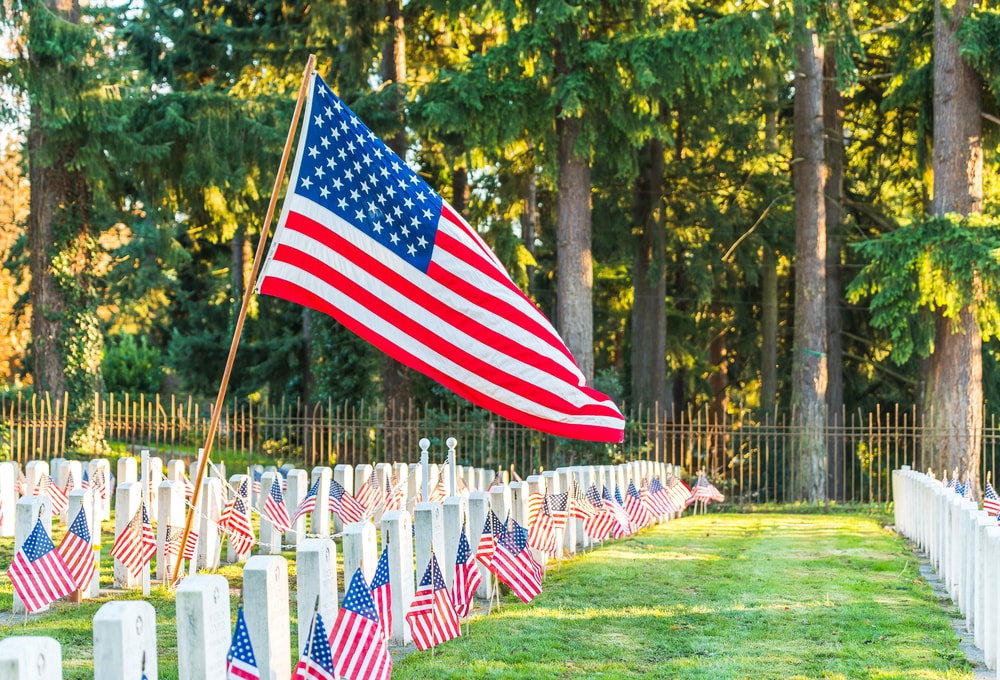 For veterans buried in private cemeteries, any coins are subject to the regulations of the individual cemetery. Many cemeteries collect the coins and use them to maintain the cemetery grounds.
For veterans buried in private cemeteries, any coins are subject to the regulations of the individual cemetery. Many cemeteries collect the coins and use them to maintain the cemetery grounds.